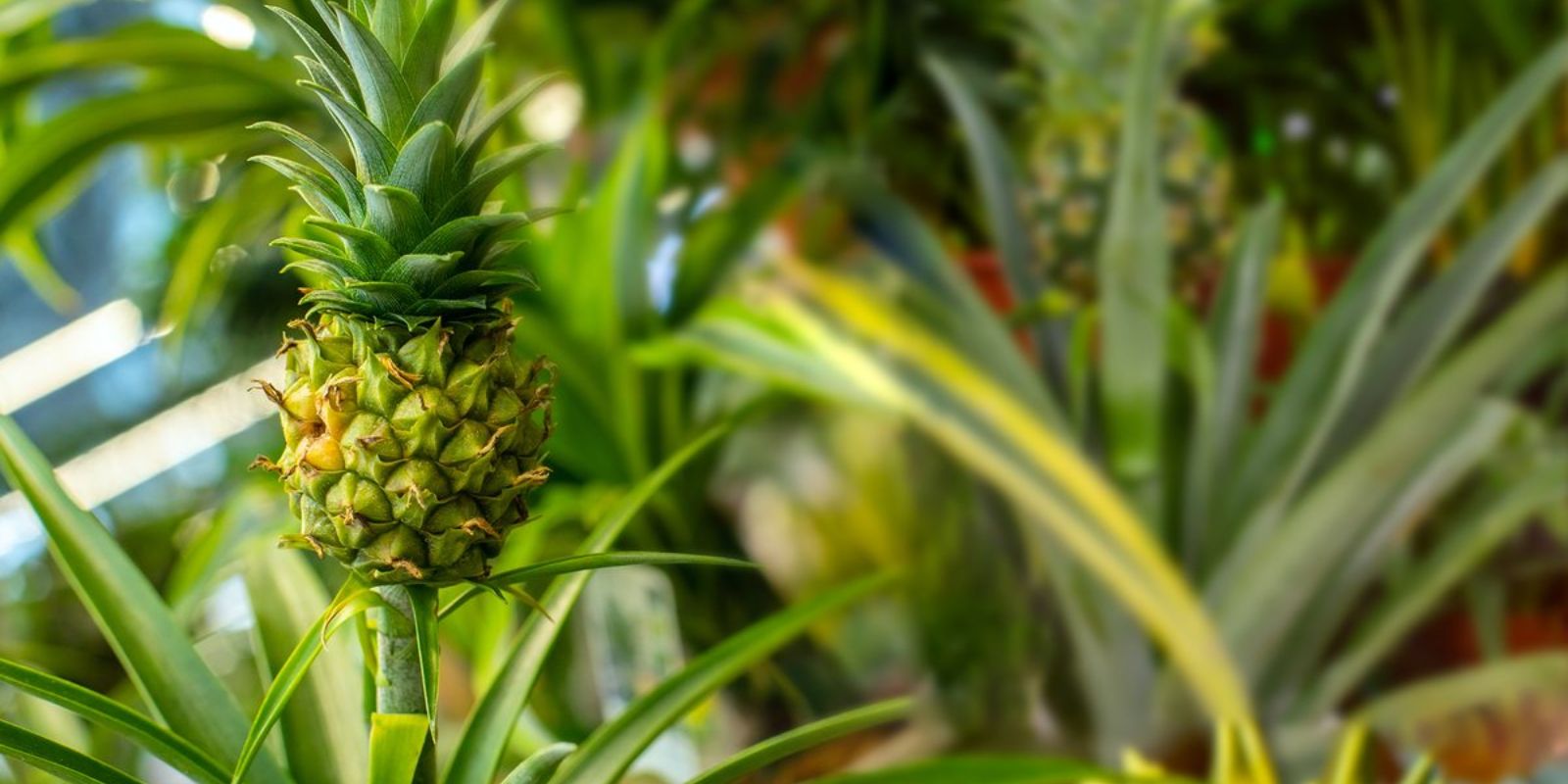Introduction
Propagating pineapples is an exciting project for gardeners of all skill levels, offering a taste of the tropics right in your backyard. While traditional methods of propagation yield decent results, incorporating aloe vera into the process is a unique and effective way to enhance root development and overall plant health. Aloe vera, renowned for its medicinal and nurturing properties, acts as a natural rooting hormone. This article explores a step-by-step guide to using aloe vera for pineapple propagation, along with tips and tricks to maximize success.
Why Use Aloe Vera for Pineapple Propagation?
Aloe vera is a powerhouse of nutrients, enzymes, and vitamins that are not only beneficial to humans but also to plants. The gel inside its leaves contains natural compounds that encourage root growth, prevent rot, and improve the soil’s microbial environment. When applied to a pineapple crown, aloe vera accelerates the rooting process and provides a natural boost to the plant’s immunity.
This eco-friendly approach eliminates the need for synthetic rooting hormones, making it a sustainable option for gardeners aiming to reduce chemical usage.
Materials You’ll Need
Before diving into the propagation process, gather the following materials:
- A ripe, healthy pineapple
- A fresh aloe vera leaf
- A sharp knife
- Small containers or pots with well-draining soil
- Water
- Optional: plastic wrap or a propagation dome to maintain humidity
Step-by-Step Guide to Propagate Pineapples with Aloe Vera
Step 1: Choose a Healthy Pineapple
Select a fresh pineapple with a vibrant green crown. Ensure the leaves are free of spots, yellowing, or other signs of disease. Twist off the crown from the fruit or carefully cut it with a knife.
Step 2: Prepare the Pineapple Crown
Gently remove the lower leaves from the crown to expose about an inch of the stem. This part of the stem will eventually grow roots. Trim off any fruit flesh remaining at the base to prevent rot.
Step 3: Harvest Aloe Vera Gel
Cut a fresh aloe vera leaf from the plant and scoop out the gel using a spoon or knife. Ensure you’re collecting only the clear, inner gel, as this contains the highest concentration of rooting compounds.
Step 4: Coat the Pineapple Stem
Generously apply the aloe vera gel to the exposed stem of the pineapple crown. Make sure the gel covers the entire surface area, creating a protective and nourishing layer.
Step 5: Allow the Stem to Dry
Set the aloe-coated stem aside in a dry, shaded spot for 24-48 hours. This drying period is crucial to prevent rotting when the crown is planted.
Step 6: Plant the Crown
Fill a small container or pot with well-draining soil. Make a hole in the center and gently place the pineapple crown into the soil, ensuring the stem is securely covered. Lightly press the soil around the base.
Step 7: Water Sparingly
Water the soil just enough to keep it slightly moist. Avoid overwatering, as pineapples are drought-tolerant plants and excess moisture can lead to root rot.
Step 8: Provide Ideal Conditions
Place the container in a warm, sunny location. Pineapples thrive in bright, indirect sunlight and temperatures above 70°F (21°C).
Tips for Success
- Use Well-Draining Soil:
Pineapples require soil that drains well to prevent waterlogging. A mix of sand, perlite, and potting soil works best. - Monitor Watering:
While the aloe vera gel helps retain moisture, it’s important not to overwater. Stick to a once-a-week watering schedule or when the top inch of soil feels dry. - Be Patient:
Root development takes time. Expect visible growth in 4-6 weeks, with new leaves emerging as a sign of a healthy plant. - Transplanting:
Once the plant outgrows its container, transplant it to a larger pot or directly into your garden for optimal growth. - Aloe Vera for Maintenance:
Continue using aloe vera gel as a natural fertilizer by diluting it with water and applying it to the soil once a month.
Benefits of Propagating Pineapples with Aloe Vera
- Faster Root Development: Aloe vera’s natural rooting compounds stimulate quicker root growth.
- Reduced Risk of Rot: The gel creates a protective barrier against pathogens, minimizing the chances of rot.
- Cost-Effective: This method eliminates the need for store-bought rooting hormones, making it budget-friendly.
- Sustainable Gardening: Using aloe vera promotes eco-friendly practices and reduces reliance on chemicals.
Common Challenges and Solutions
- Rotting Crown:
- Solution: Ensure the stem dries completely before planting and avoid overwatering.
- Slow Growth:
- Solution: Place the plant in a warmer, sunnier spot and ensure the soil has adequate nutrients.
- Pests:
- Solution: Regularly inspect the plant for pests like mealybugs and treat with natural solutions, such as neem oil, if needed.
Why This Method Stands Out
The combination of pineapple crowns and aloe vera offers a unique blend of tradition and innovation. It’s a simple yet effective technique that even beginner gardeners can master. Beyond the practical benefits, the method is a great way to connect with nature and explore the potential of natural plant propagation.
Final Thoughts
Propagating pineapples with aloe vera is a game-changer for gardening enthusiasts looking for innovative, eco-friendly methods to grow tropical plants. With minimal effort and resources, you can create a thriving pineapple plant that’s not only a source of fresh fruit but also a striking addition to your garden or indoor space.
💬 Have you tried this propagation hack? Share your experience and tips in the comments below!
#PineapplePropagation #AloeVeraHack #EcoFriendlyGardening #TropicalPlants #SustainableLiving #GrowYourOwnFruit #GardeningTips #NaturalRooting

